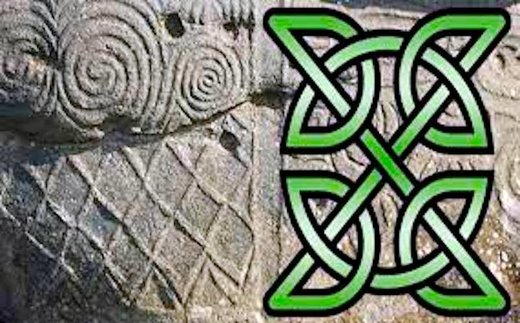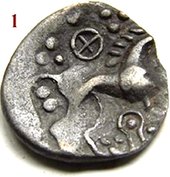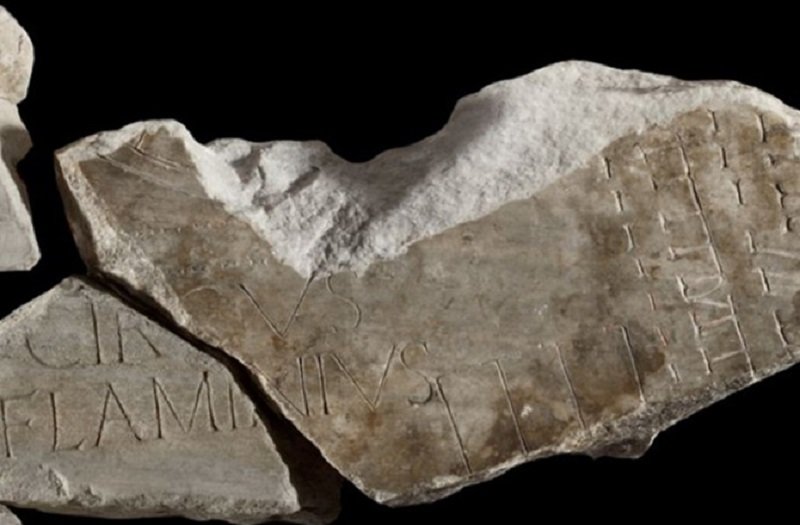
© www.ancient-origins.net"ancient X files"
My nonprofit educational corporation, The Celtic Collection Program, exhibits the largest privately owned collection of Celtic artifacts in the United States. When we started purchasing the artifacts from private collections and ancient galleries several years ago, I observed
a motif of X and interconnected X designs on some of them, including important ones likely used to perform ceremonies. As a historian and a therapist with preferences for Psychoanalytic Theory and Neo-Freudian traditions such as Analytical Psychology, a school of psychology that originated from the ideas of Swiss psychiatrist Carl Jung, interpreting these symbols became a personal and professional challenge.
After fifteen years of identifying hundreds of linear and X patterns on artifacts and studying the symbolism of Stonehenge and Newgrange, I have discovered remarkable data, some of which has led me to consider that there
may be a correlation between ancient X symbolism and what Dr. Carl Jung referred to as the "Collective Unconscious", a subconscious storehouse of buried memories inherited from our ancestral past.
Importance of the Sun in Ancient Celtic SocietyAccording to Dr. Miranda J. Green in her book,
Dictionary of Celtic Myth and Legend, the sun was significantly meaningful to the ancient Celts. She states that "One of the most important venerated natural phenomena was the sun, seen as a life giver, promoter of fertility and healing" and that "coins were struck with sun symbols associated with the horse".

© Lewis HalesCoin from Iceni Tribe 62 AD
Some of the primary symbols for the Sun in ancient Celtic times were
an X or a four-spoked wheel featured on bronze axes, swords, coins, urns, pottery and jewelry since Neolithic Europe. "Hallstatt Iron Age sheet-bronze vessels were decorated with repousse crosses and solar wheels," states Dr. Green.
The X symbol was no doubt a significant astronomical representation for thousands of years; perhaps one of the most powerful ideograms valued by the Celts, which explains the X motif on our artifacts.
The X artifacts range from 62 AD to 400 BC. However, to uncover the mystery of the interconnected design, a close evaluation of the symbols at Stonehenge and Newgrange needed to be conducted.

